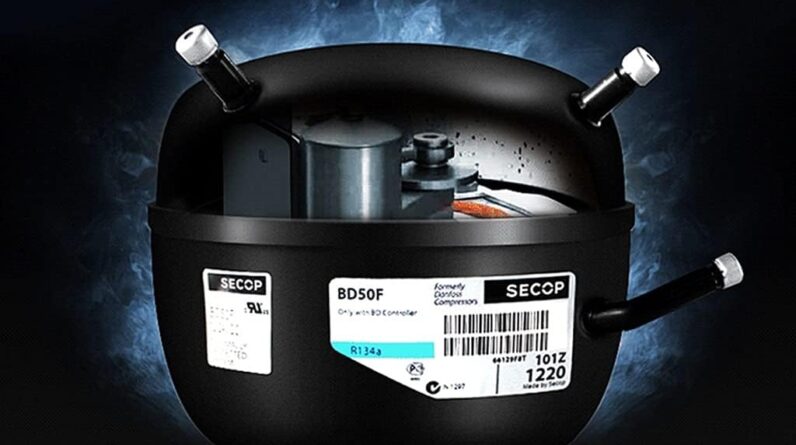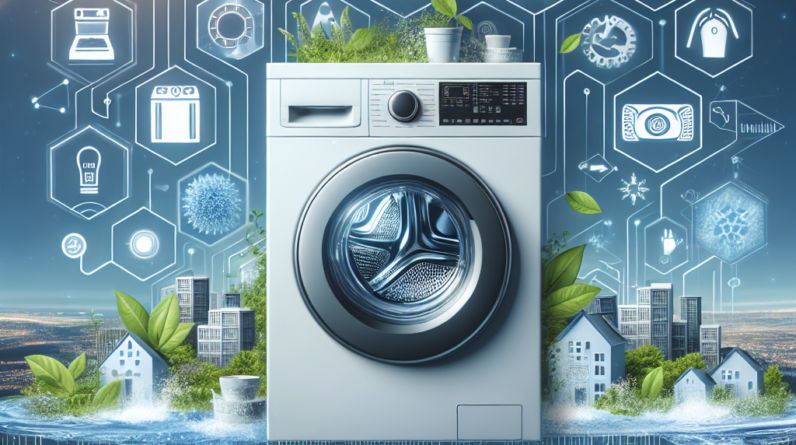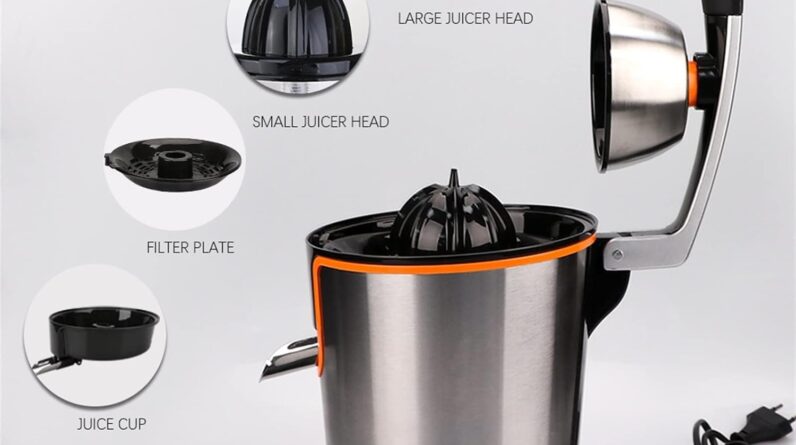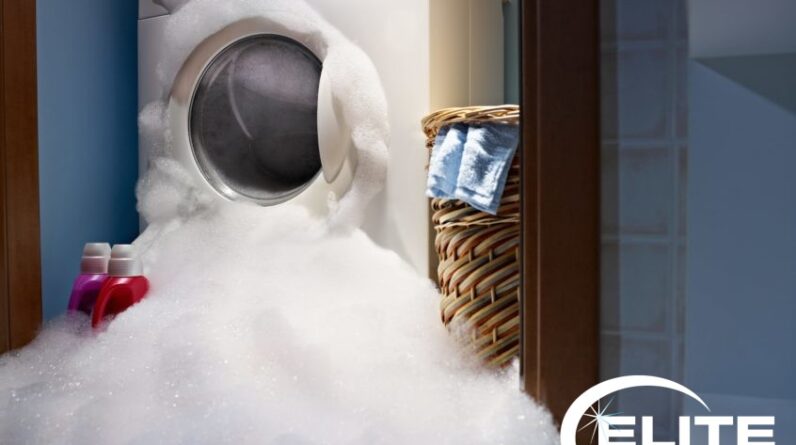
If you’ve found yourself in a sopping mess with a leaking washing machine, don’t fret! We’ve got your back. In this article, we’ll guide you through the steps to take when your washing machine decides to turn your laundry room into a mini swimming pool. From troubleshooting to potential DIY fixes, we’ve got all the friendly advice you need to save the day and keep your laundry routine running smoothly.
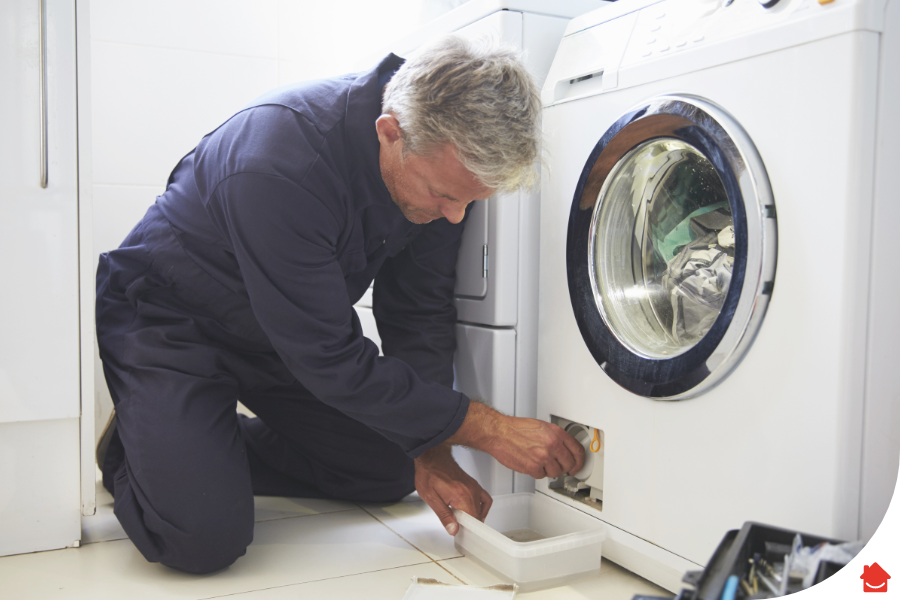
Check the Source of the Leak
If you notice water pooling around your washing machine, the first step is to identify the source of the leak. By locating the cause, you can take the necessary steps to fix it and prevent further damage. Here are some areas to inspect:
Inspect the water supply hoses
One common source of leaks in a washing machine is the water supply hoses. These hoses are responsible for carrying water from the faucets to the washing machine. Over time, the hoses may become loose or develop cracks, leading to water leakage. Carefully examine the hoses for any signs of damage, such as bulges, cracks, or worn-out connectors.
Check the drain hose
Another potential culprit for a leaking washing machine is the drain hose. This hose is responsible for removing the water from the machine during the draining cycle. Inspect the drain hose for any kinks, clogs, or damage. Ensure that it is properly positioned and securely connected to both the washing machine and the drainage system.
Examine the water pump
The water pump is an essential component of the washing machine that circulates water into the tub and drains it out. If the pump is damaged or worn-out, it can cause water leakage. Look for any signs of blockages or obstructions in the pump, such as debris or foreign objects. A faulty water pump may need to be replaced to resolve the issue.
Inspect the tub seal
The tub seal is responsible for preventing water from leaking out of the washing machine’s tub. Over time, this seal can become worn-out or damaged, resulting in water leakage. Carefully examine the seal for any signs of wear, cracks, or deterioration. If you notice any issues with the tub seal, it may need to be replaced to stop the leak.
Check for a cracked tub
In rare cases, a leaking washing machine may have a cracked tub. This can occur due to excessive weight or pressure on the tub during the spin cycle or from physical damage to the machine. Inspect the tub thoroughly for any visible cracks or signs of damage. If you suspect a cracked tub, it is essential to address this issue promptly to prevent further leakage and potential safety hazards.
Turn Off the Power and Water Supply
Once you have identified the source of the leak, it’s important to turn off the power and water supply to the washing machine. This step ensures your safety and prevents any further water damage. Here’s what you should do:
Unplug the washing machine
To turn off the power, unplug the washing machine from the electrical outlet. This step eliminates the risk of electric shocks while you are inspecting and fixing the machine. Remember to handle the plug carefully and never touch it with wet hands to avoid any accidents.
Shut off the water supply valve
Next, locate the water supply valve usually found behind the washing machine. Turn it clockwise to shut off the water supply. This step prevents the machine from filling up with water while you are working on it. By cutting the water supply, you can focus on repairing the leak without any added water pressure.

Address the Water Supply Hose Issues
If the leak originates from the water supply hoses, here are some steps you can take to address the problem:
Tighten loose connections
If the water supply hoses are loose, they may be causing the leak. Use a wrench or pliers to tighten the connections between the hoses and the faucets as well as the washing machine. Ensure that they are securely fastened without over-tightening, which could lead to damage.
Replace damaged hoses
If you notice any cracks, bulges, or worn-out connectors in the water supply hoses, it is essential to replace them. Damaged hoses are a common cause of leaks in washing machines and should be addressed promptly. Purchase new hoses that are compatible with your machine and follow the manufacturer’s instructions for installation.
Fix the Drain Hose Problems
When dealing with a leaking drain hose, consider these steps for troubleshooting and resolving the issue:
Ensure proper positioning of the drain hose
Check that the drain hose is positioned correctly and securely connected to both the washing machine and the drainage system. Improper positioning or loose connections can cause leaks. Make sure the drain hose is not kinked, twisted, or bent, as this can restrict water flow and lead to leaks.
Unclog or clean the drain hose
A clogged or dirty drain hose can impede the proper flow of water, resulting in leaks. If you suspect a blockage, disconnect the drain hose from the washing machine and drain system. Inspect the hose for any debris, lint, or dirt and clear it out thoroughly. You can use a long brush or run water through the hose to remove any obstructions.
Replace a damaged or worn-out hose
If the drain hose is damaged, cracked, or worn-out, it is necessary to replace it. A damaged hose can cause water to leak out during the draining process. Purchase a new drain hose that matches the specifications of your washing machine and ensure proper installation to prevent any future leaks.

Repair or Replace the Water Pump
If the water pump is the source of the leak, consider the following steps to rectify the issue:
Check for blockages or obstructions
Inspect the water pump for any clogs, debris, or foreign objects that may be causing the leak. Gently remove any blockages or obstructions to restore the pump’s proper functioning. Ensure that all components are clean and free from any damaging substances.
Replace a faulty or worn-out water pump
If the water pump is faulty or worn-out, it may need to be replaced entirely. A malfunctioning pump can cause leaks and impact the overall performance of the washing machine. Consult the manufacturer’s instructions or seek professional assistance to install a new water pump correctly.
Replace the Tub Seal
A worn-out or damaged tub seal can be a leading cause of water leakage in a washing machine. Consider the following steps to replace the tub seal:
Identify signs of a faulty tub seal
Inspect the tub seal carefully for any signs of wear, cracks, or deterioration. You may notice water seeping out from the seal during the washing or spinning cycles. If the seal appears damaged or compromised, replacing it is necessary to resolve the leak.
Replace a worn-out or damaged tub seal
To replace the tub seal, refer to the manufacturer’s instructions specific to your washing machine model. Generally, this process involves disassembling the machine to access the tub and seal. Ensure you have the necessary tools and follow the steps accurately to install the new tub seal. Seek professional help if you are unsure or uncomfortable performing the replacement.

Address a Cracked Tub Issue
In the rare instance of a cracked tub causing the water leak, consider these steps to tackle the problem:
Identify signs of a cracked tub
Thoroughly inspect the washing machine tub for visible cracks or signs of damage. This may include visible water leakage, rust, or structural issues. If you notice a crack, it is essential to address it promptly to prevent further leakage and potential safety hazards.
Repair a small crack
If the crack is small and manageable, you may be able to repair it yourself using an epoxy adhesive specifically designed for repairing plastic or metal. Follow the instructions provided with the adhesive and ensure the crack is sealed securely. However, be aware that a repair may not be a long-term solution and could result in further leaks.
Replace a severely cracked tub
In the case of a severely cracked tub, it is recommended to replace it entirely. A professional technician or appliance repair service can assist with this process. They will ensure that the new tub is installed correctly and that any associated components are properly connected and functioning.
Inspect the Water Level Pressure Switch
The water level pressure switch is responsible for regulating the water flow in the washing machine. If this switch malfunctions, it can cause water to overflow and leak. Consider the following steps to inspect and address any issues with the pressure switch:
Check for clogs or obstructions
Inspect the pressure switch and associated tubing for any clogs or obstructions. These blockages can interfere with the switch’s proper functioning and cause water leakage. Clear any debris or dirt and ensure that the switch and tubing are clean.
Test the water level pressure switch
To determine if the pressure switch is faulty, you can perform a simple test. Consult your washing machine’s manual or the manufacturer’s instructions for specific steps on how to conduct the test. If the pressure switch is indeed malfunctioning, it may need to be replaced or repaired by a professional technician.
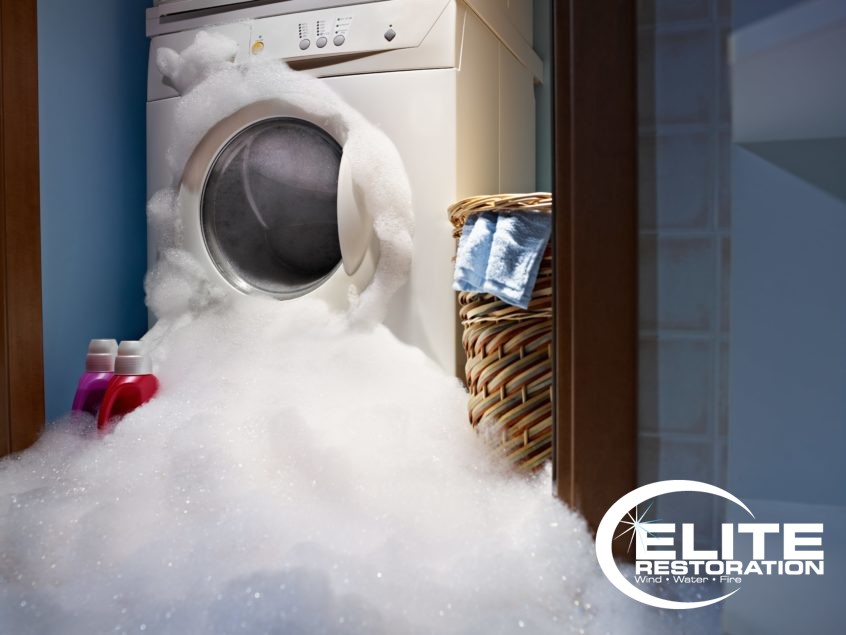
Check for Overloading or Imbalanced Load
Overloading or uneven distribution of laundry in the washing machine can lead to leaks. Follow these steps to ensure proper loading and balanced loads:
Ensure proper loading of the washing machine
Avoid overloading the washing machine beyond its recommended capacity. Overfilling the machine can put excessive stress on the tub and other internal components, potentially causing leaks. Follow the manufacturer’s guidelines for the maximum load capacity to prevent overloading.
Distribute the load evenly
When loading the washing machine, distribute the laundry evenly inside the tub. Uneven loads can cause the machine to become imbalanced during the spin cycle, leading to water leakage. Take care to balance the weight of the items and avoid clustering heavy or bulky items on one side.
Contact a Professional Repair Service
If you have followed the above steps and the water leakage issue persists, it is advisable to contact a professional repair service. Certain situations may require specialized knowledge and expertise to diagnose and fix the problem effectively. Additionally, complex repairs or component replacements are best handled by trained professionals to ensure optimal results and avoid further damage to the washing machine.
If the issue persists
If you have attempted all the troubleshooting steps and the leak continues, it may indicate a more significant underlying issue. A professional technician will have the necessary tools and knowledge to accurately diagnose the problem and recommend the appropriate solution.
For complex repairs or replacements
Certain repairs or replacements, such as a cracked tub or a malfunctioning water pump, may require expert assistance. These tasks involve disassembling the washing machine, handling specific components, and ensuring the correct installation of replacement parts. Contacting a professional repair service ensures that the repair is done correctly and reduces the risk of further damage or safety hazards.


